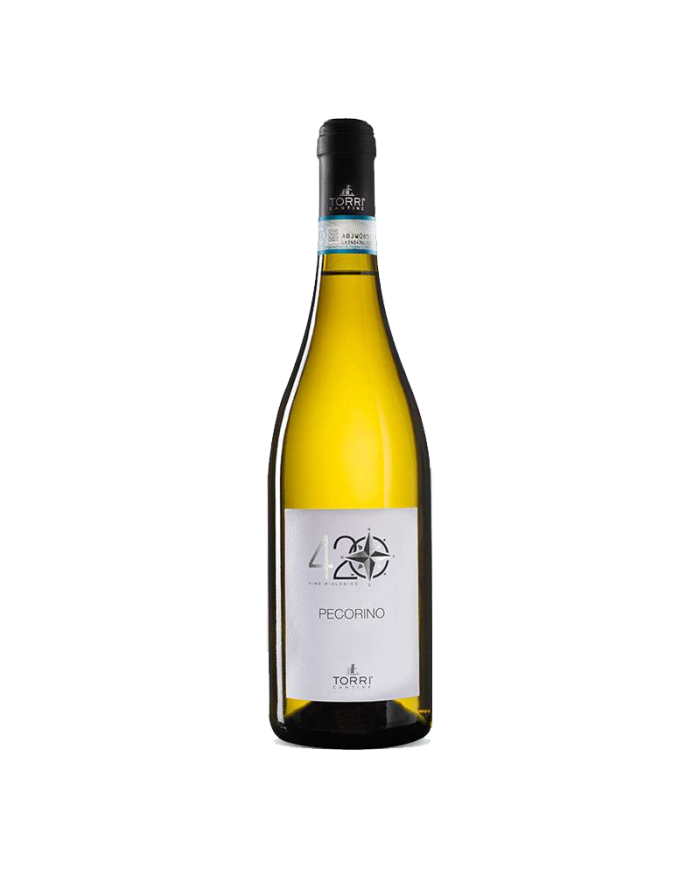Founded in 1966 in the wake of Abruzzo’s best wine-making tradition, the winery is now writing a new story, without forgetting the roots that gave life to its history and that have enabled it to produce a wide range of fine wines over the years.
The radiant vine-covered hills of Torri Cantine express an infinite variety of scents and all the colours of the earth warmed by the sun.
The Torri Cantine vineyards extend over 60 hectares in the municipalities of Colonnella, Controguerra and Torano, in the province of Teramo, from 100 to 300 meters above sea level. The favourable climatic conditions and the generous soil, together with the patient and scrupulous work in the vineyard and in the cellar, have made it possible to obtain wines of great value.
With these premises and proud of its roots, Torri Cantine writes a new story, based on full respect for nature and the fruit that gives life to the wine, on innovative ideas in constant ferment and on excellence without compromise. These are the values that underlie the new labels, full expression of the quality and peculiarities of our precious terroir.
Producers of organic wine and working in Abruzzo for over 60 years, Torri Cantine has always made the respect for nature and for the territory its priority.
The wine originates from one of the most suitable areas of Abruzzo for growing wine, from an old vineyard trained with the Tendon-system, at an ideal altitude to ensure a formidable temperature range and with a magnificent exposure.
The 4-Venti-Collection Pecorino d’Abruzzo DOC of the Torri Cantine Winery sprouts from a 30-years old vine, at 290 mt above sea level with a splendid south-south-east exposure.
In the area of Anarcano and Controguerra, in the Province of Teramo is where the Pecorino grapes grow, with the Abruzzi Pergola training system.
This 100% Pecorino-grapes wine is the result of a manual harvest and organic-certified agriculture.
Vinification was carried out in conditioned cement tanks, followed by a refinement of 3 months, also in cement tanks, and then filling in the total absence of oxygen.



